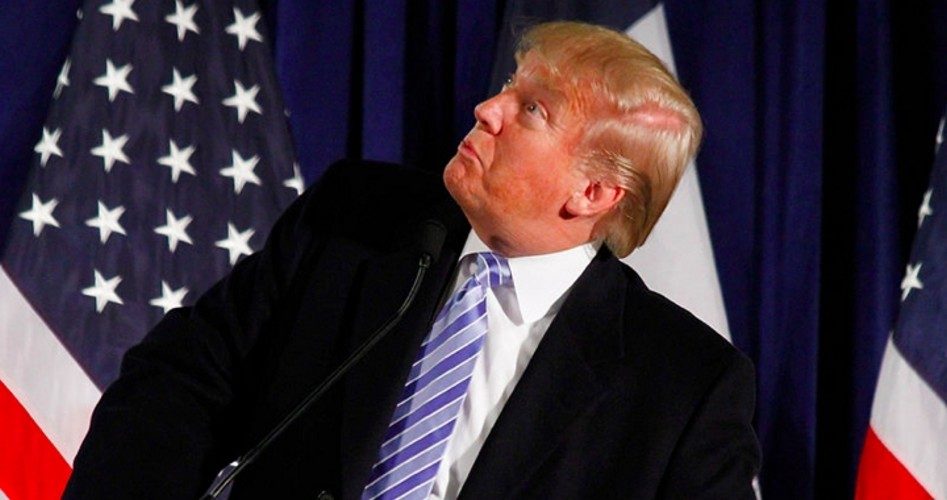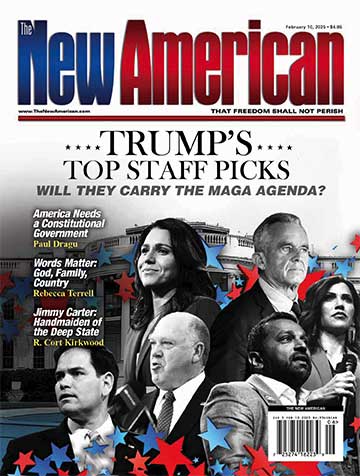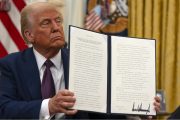
Nate Silver accurately called the 2008 presidential election outcomes in 49 of the 50 states while in 2012 he did even better: he correctly predicted the winner in all 50 states plus the District of Columbia.
The blogger at FiveThirtyEight.com, Silver runs the numbers every day. On August 9 Silver calculated that Donald Trump had a 12.3 percent chance of winning the presidency in November compared to an 87.6 percent chance for Hillary Clinton. Less than six weeks later (as this is being written late Wednesday afternoon) Donald Trump now has a 42.7 percent chance of winning versus Hillary Clinton’s 57.2 percent. That’s a 30 percent surge for The Donald and a 30 percent drop for Hillary.
And this despite the Clinton campaign outspending Trump’s by five-to-one: $156.6 million by Clinton compared to just $33.6 million by Trump since the start of the campaign.
Part of Clinton’s problem, of course, is her likeability (of lack thereof) compared to Trump who, according to Republican ad-maker Fred Davis, is “a walking attention magnet, and interesting. [Clinton, on the other hand, is] the past and relatively dull.”
Because of that sharp contrast in style, Monday night’s debate between the two candidates might be viewed by 100 million people according to experts, despite it competing with Monday Night Football. The debate will be broadcast by CBS, NBC, ABC, CNN, Fox News, MSNBC, PBS, C-SPAN, Univision, and others. The only channel showing Monday Night Football will be ESPN. According to a Morning Consult poll released on Monday, nearly 75 percent of all registered voters in the country plan to watch the first debate, which translates to 95 million viewers. If the New Orleans Saints and the Atlanta Falcons fail to make their matchup interesting, the numbers might approach those watching last year’s Superbowl matchup between the Denver Broncos and the Carolina Panthers, viewed by 112 million people.
Trump’s surge is due in part to Democrats leaving their party, at least temporarily, in favor of Trump. Staffers from CBS News spent a recent weekend in Struthers, Ohio, knocking on doors and asking how the folks in that strongly Democratic community were going to vote. They were astonished to learn that nearly the entire community, a tiny but politically important town of 10,000, were planning on voting for Trump.
One conversation expressed the opinions of most in this former steel-making town. Jeff Kulow, a retired steel worker and member of the Teamsters, told the CBS staffers: “I’ve been a lifelong union guy, a working guy. Can you imagine people like me going to Trump or going Republican?”
He added:
[The Democrats] just don’t get it anymore with us. Maybe in an upscale area … maybe they’ll resonate. But around here — all working class and middle class — everyone has left the Democratic Party. I can’t see myself going back.
If Trump’s surge continues it might be enough, perhaps even more than enough, to carry him through to victory in November. But what efffect will the debate have? Not only the debate itself, but Nate Silver’s take on Tuesday morning, should be very interesting indeed.
A graduate of an Ivy League school and a former investment advisor, Bob is a regular contributor to The New American magazine and blogs frequently at LightFromTheRight.com, primarily on economics and politics. He can be reached at [email protected].



